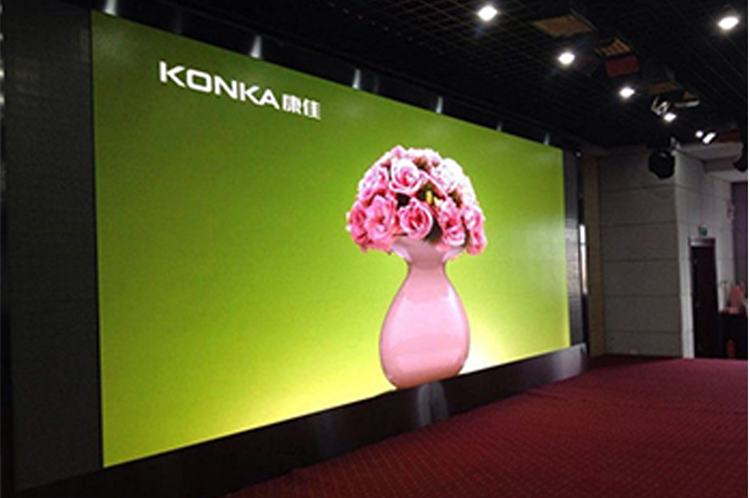Led pxiel pitch is one of the important technical parameters of LED screens. What is point spacing? How to select LED screens based on point spacing?

What is point spacing?
Point spacing reflects pixel density based on the distance between two pixels, and point spacing and pixel density are the physical properties of a display screen; Information capacity is the quantity unit of information carrying capacity displayed at once based on the pixel density per unit area. The smaller the distance between points, the higher the pixel density, the more information capacity can be displayed per unit area at once, and the closer the viewing distance is suitable. The larger the distance between points, the lower the pixel density, and the less information capacity can be displayed per unit area at once, making it suitable for viewing at a longer distance.
How to choose the LED screen spacing?
The selection of LED screen spacing is related to two factors:
Firstly, LED screen line of sight
The placement of LED screens and the distance from which people stand are generally important factors in determining the distance between points when selecting an LED screen.
There is generally a formula for the optimal visible distance=point spacing/(0.3-0.8), which is an approximate range. For example, for an LED screen with a point spacing of 16mm, the optimal visual distance is 20-54 meters. If the distance between the stations is closer than the minimum distance, the pixels of the LED screen can be distinguished. The granularity is relatively strong, and if the station is further away, the human eye cannot distinguish the detailed features. We target normal vision, excluding nearsightedness and hyperopia. Actually, this is also a rough number.
For outdoor LED displays, P10 or P12 is generally used for closer distances, P16 or P20 is used for farther distances, while for indoor LED displays, P4 to P6 are generally acceptable, and P7.62 or P10 is used for farther distances.
Secondly, the total number of pixels on the LED screen wall.
For videos, the basic format is VCD, with a resolution of 352 * 288 and a DVD format of 768 * 576. So for video screens, we recommend a minimum resolution of no less than 352 * 288, so that the display effect is good enough. If it is even lower, it can be displayed, but it cannot achieve better results.
For single and dual primary color LED screens that mainly display text and images, the resolution requirement is not high. Based on the actual size, the minimum display size of 9 point font can be determined according to your text volume.
So, LED screens are generally chosen, with smaller dot spacing being better for higher resolution and clearer display. However, it is also necessary to consider factors such as cost, demand, and application scope comprehensively.
